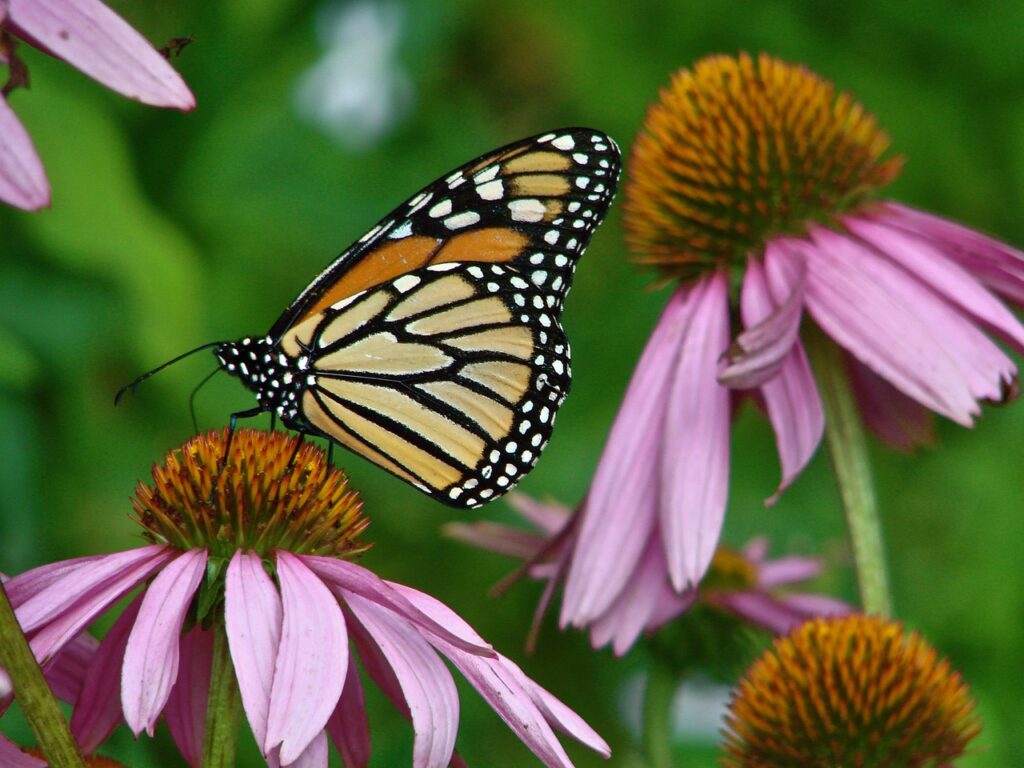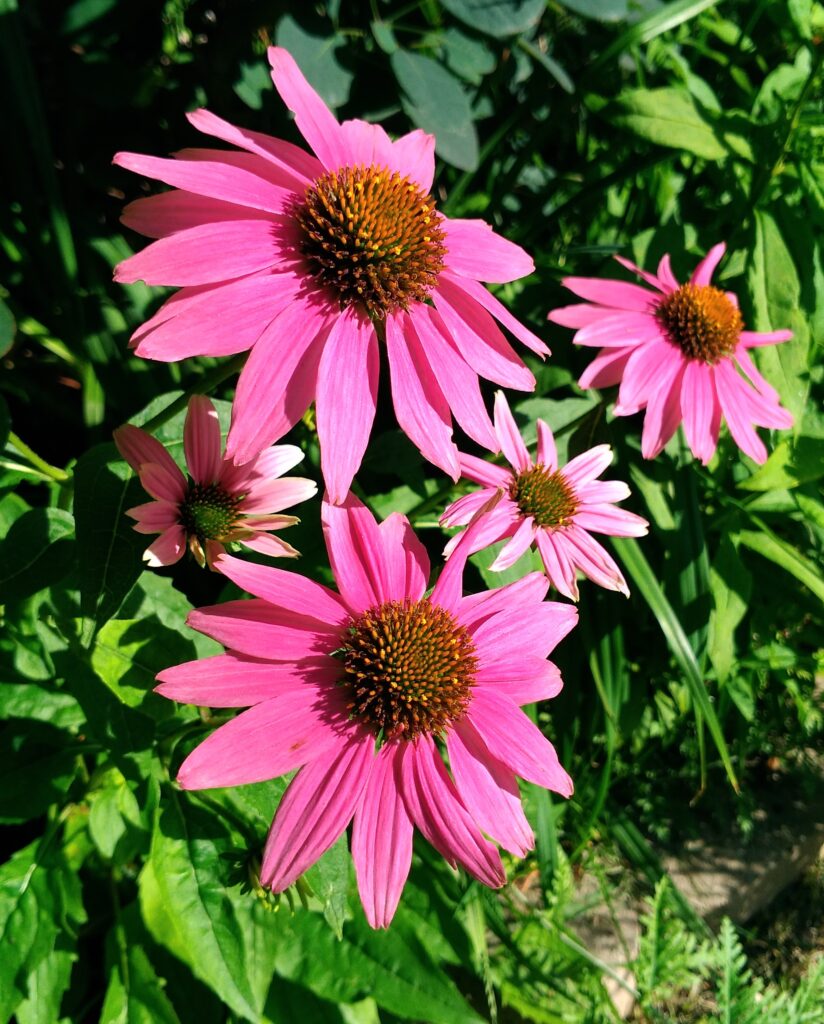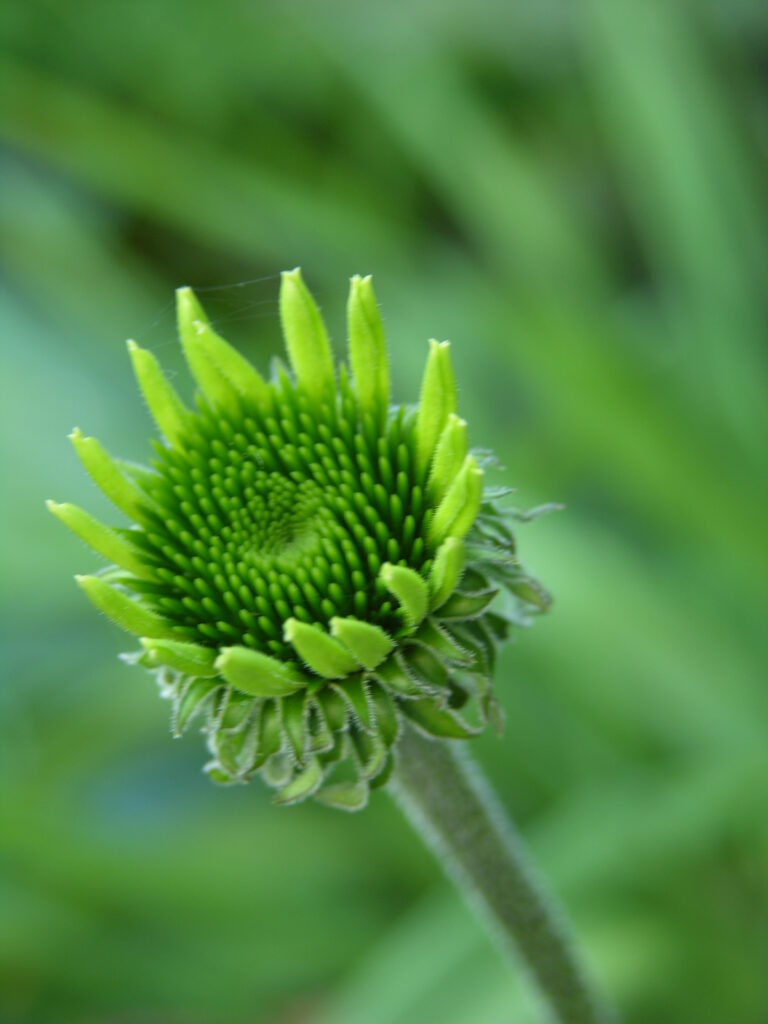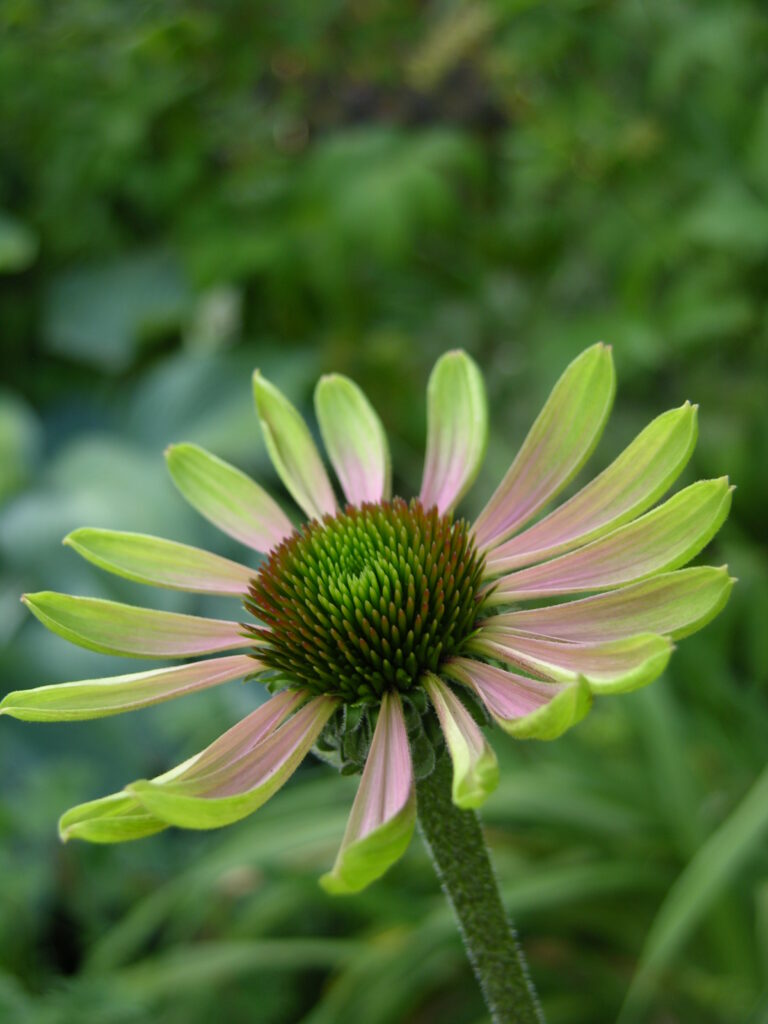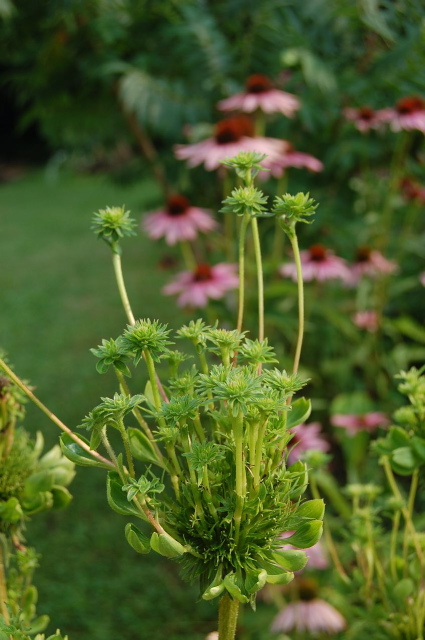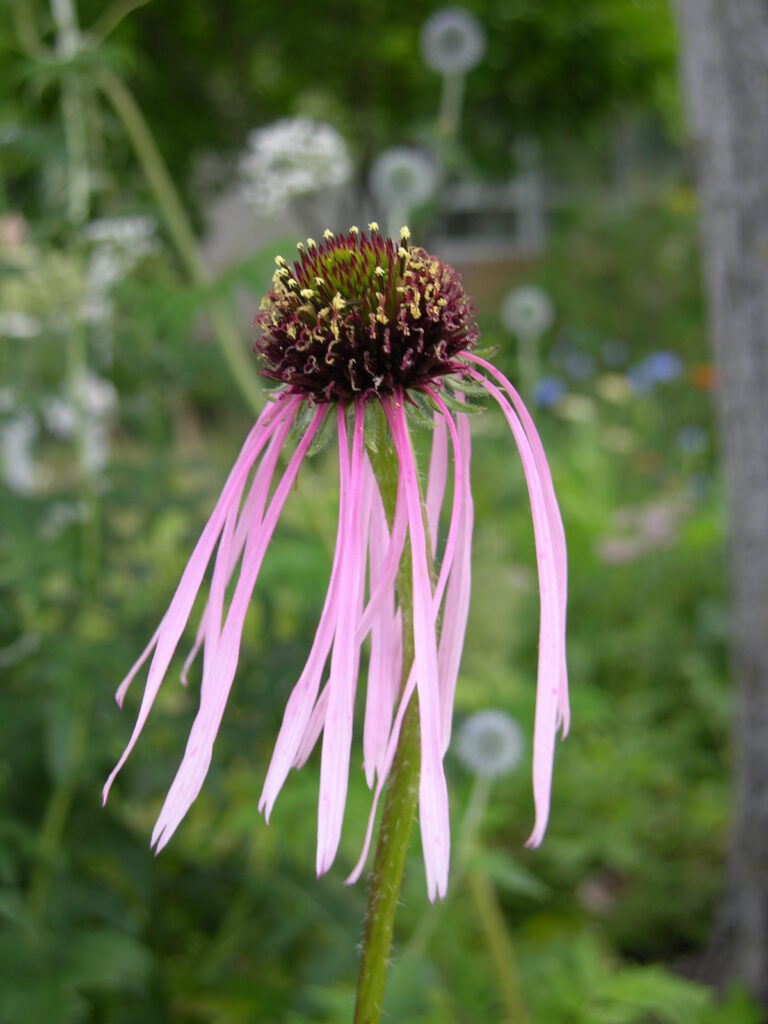
10 Neat Things about Echinacea
10 Neat Things about Echinacea
1. Colours and more.
Pink, orange, yellow, green… echinacea makes a splash in any ornamental garden, standing straight and tall and beaming for months. They are native to North America and have been the subject of a lot of hybridizers over the past decade, giving us variations that are multi-coloured and mop-headed. But this flower is so much more than just a pretty face.
2. Great for pollinators.
While no species depends exclusively on echinacea, many species of bees, butterflies, and other pollinators rely on it as an important food source. The plant’s role in supporting these pollinators makes it a valuable component of ecosystems and a beneficial addition to pollinator-friendly gardens and habitats.
3. Good cut flower.
Echinacea can last for over a week in a cut-flower display while it is young, and the seedheads can last indefinitely. Cut the flowers early in the morning before it gets too hot. Use a sharp pair of scissors or secateurs and bring a bucket of water to plunge the ends into immediately.
4. Erosion control.
The roots of echinacea include a deep taproot and a network of fibrous roots that spread horizontally. This network helps hold the soil together, preventing it from being washed away by rain or wind. The tough species variety of common echinacea, Echinacea purpurea, will keep any hill or riverbank standing.
5. Etymology.
The name echinacea comes from the Greek word echinos, which means “hedgehog” or “sea urchin”, referring to the center of the flower, which resembles the spiny appearance of a hedgehog or sea urchin. The common name is “coneflower,” reflecting the distinctive cone-shaped flower heads.
6.Traditional uses.
Some indigenous tribes used echinacea extensively for treating various ailments such as snake bites, infections, and wounds. Early European settlers adopted the plant from First Peoples medicine, using it to treat conditions ranging from respiratory infections to blood poisoning. In the early 20th century, it was one of the most popular herbal remedies in North America.
7. Effectiveness for respiratory infections.
Despite a long history of use and myriad studies (between 1915 and 2022, a total of 3727 authors published 1267 publications across 638 journals), no conclusive clinical evidence supports the use of echinacea for treatment of upper respiratory infections. Echinacea does have compounds that are known to be effective, though, so studies continue.
8. Aster yellows.
Although echinacea is almost free from pests and diseases, it can be subject to aster yellows, a systemic plant disease caused by bacteria known as phytoplasmas and carried to plants by leafhopper insects. The result can include stunted growth, yellowing of the leaves and phyllody, where parts of the flower is replaced with leafy structures. (See picture.)
9. Fasciation.
Another weird effect that can come from aster yellows or another bacterial infection, from genetic mutations, hormone imbalance or just random occurrence, is fasciation. Fasciation will give the plant a really wide, flattened stem or a bizarrely misshapen flowerhead. It is fascinating to see and not harmful to the plant. Enjoy it!
10. It’s not native?!
Echinacea angustifolia is native to Saskatchewan and Manitoba and E. pallida is native to Ontario. E. purpurea, though, the most common species, is not native to any part of Canada, according to VASCAN, an authority on these things. It is native to the northern US. We wonder how they know it never crossed the border on its own. You will see a number of sources saying that it is native to Ontario, and it took quite a bit of digging to find a source that said: “While this plant is designated by VASCAN as introduced to Ontario, it is considered a near native plant to many plant professionals in the nursery industry in Southern Ontario. The native range is the north-eastern United States, which is right on the border of Southern Ontario,” (onplants.ca). I don’t know why it hurts a little to find out it isn’t—or may not be—native.
Mop head echinacea



